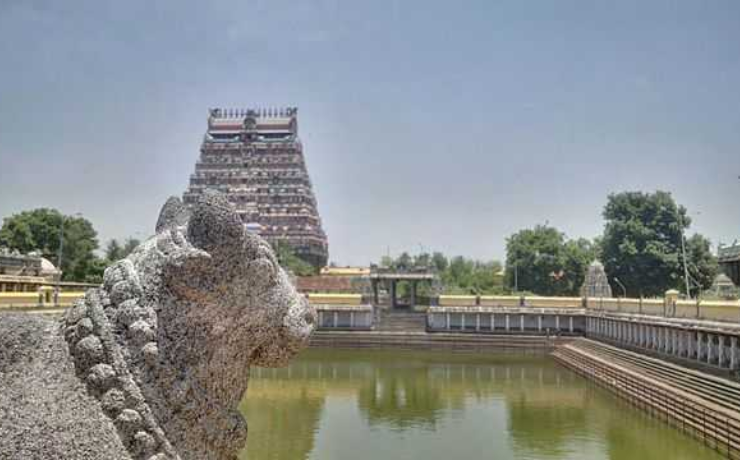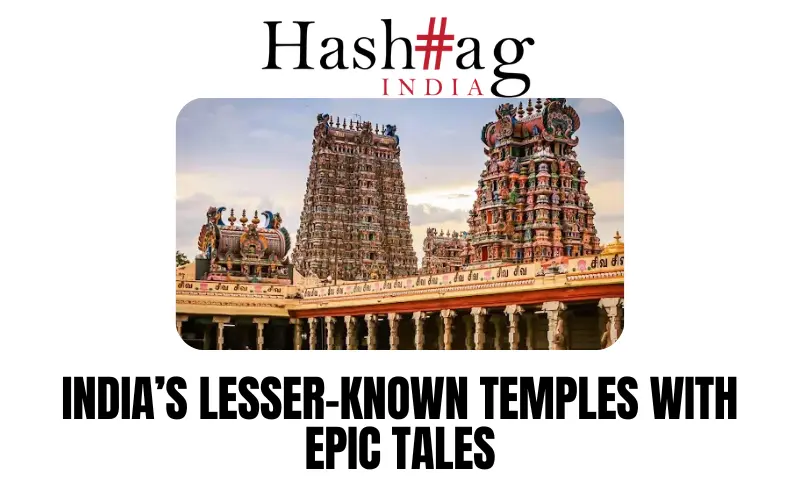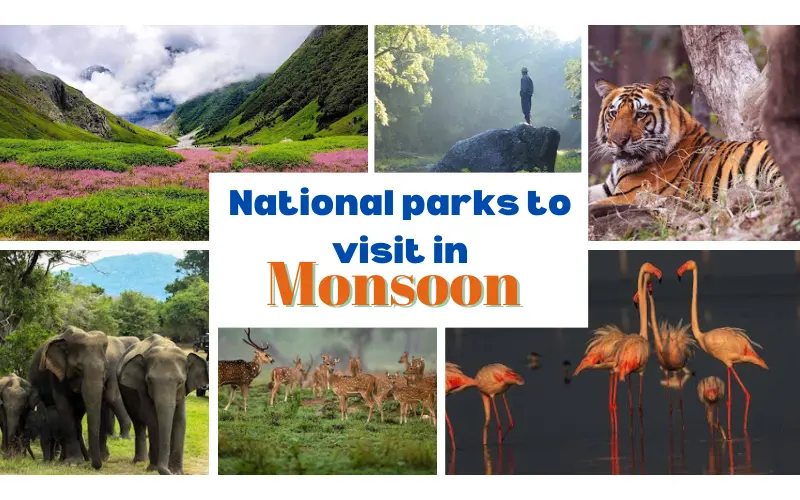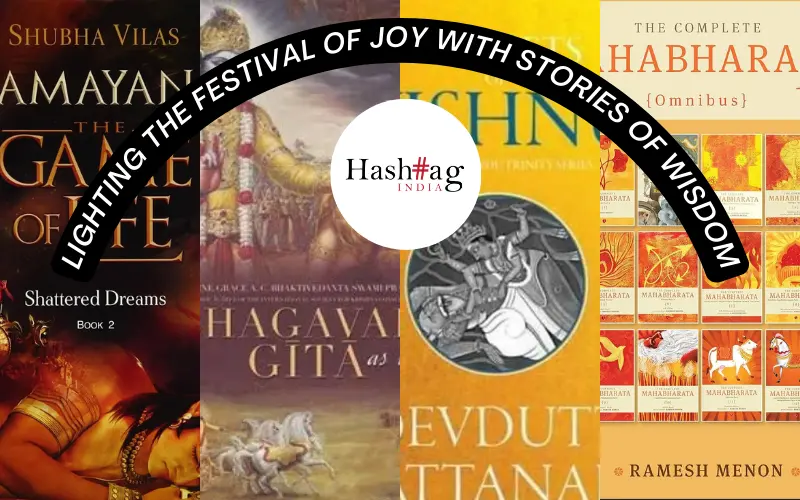Chidambaram (Chith means consciousness and Ambaram means sky), is a beautiful place with a perfect blend of history, culture, mysteries, and religion. Even though there are so many temples in this town, Chidambaram Nataraja Temple is the soul of this place. The magnificent Nataraja Temple is an architectural marvel and a must-visit place. The temple is living proof of ancient techniques that were far advanced in astrological, architectural, and geological knowledge.
What is special at Chidambaram Nataraja Temple?
- The Chidambaram temple town was the capital of the Chola Dynasty and the temple was constructed during the 10th century. The architecture of the temple is interesting and it represents the link between spirituality and the arts.
- Chidambaram Nataraja Temple is one of the five Pancha bootha sthala temples. Pancha Bootha Sthalams are the five Shiva temples representing the primary elements of earth, water, air, fire, and space. The Chidambaram Temple reflects the space element. The other four temples are Jambukeswara (Water), Ekambareswara (Earth), Arunachaleswara (Fire), and Kalahasteeswara (Wind).
- The idol in this temple is so perfectly placed that Lord Nataraja’s big toe is right in the centre point of the world’s magnetic equator. The one who balances the negative and the positive under his feet is the Nataraja (The Cosmic Dancer). The modern physicist has concluded that the Nataraja’s dance is the magnificent process of creation and destruction and it is very similar to the dance of subatomic matter which is the basis of all existence.
- Chidambaram Temple has nine entrances which represent the nine openings of the human body.
- The main temple roof is made of 21,600 gold sheets which represent the 21,600 breaths taken by a healthy human being per day. These gold sheets are fixed on the roof using 72,000 gold nails which represent the number of nadis (nerves) in the human body.
- On the golden roof, there are nine pots made of copper, which represent the nine types of energy. The Chidambaram temple represents the connection between the nervous system and cardiovascular system which is why one of the halls in the complex, Ponnambalam (Golden Hall) is tilted a little to the left which represents a human heart. There are 28 pillars in this temple which represent the 28 methodologies to worship Lord Shiva.
- These 28 pillars are supported by 64 beams which represent the 64 arts and the cross beams represent the blood vessels in the human body.
- In the Artha Mantapa, the six pillars represent the six holy texts and adjacent to this mandapa are 18 pillars representing the 18 Puranas.
- The main attraction of this temple is the bejewelled image of Nataraja which is seen in the Ananda Tandava along with his consort Goddess Sivakamasundari. This posture is considered the ideal sport where Lord Shiva performs the cosmic dance and controls everything.
- Chidambaram temple is one of the rare places in India where Lord Shiva and Lord Govindaraju are worshipped.
The Chidambara Rahasiyam
This temple is also known for a popular belief which is Chidambara Rahasiyam (The secret of Chidambaram). This secret is hidden in the main temple of the Nataraja, to the left of the main idol Nataraja there is a curtain that covers a space. It is believed that Lord Shiva and Parvati are present here in their true physical forms but are invisible to the naked eye.
The Darshan of Chidambara Rahasiyam is only possible when the priest opens the curtain (Maya) for the special poojas. Most people can merely see golden bilva leaves in front of them. Only highly spiritual saints can see the god in their true physical form.
Here the curtain represents the withdrawal of ignorance and when it is removed it reveals the god’s presence. Hence Chidambara Rahasiyam means when one completely surrenders to God and removes his ignorance, we can see and experience the lord’s presence in our lives.
Timings
The temple remains open in the morning from 6 AM to 12 PM, and evening from 5 PM to 10 PM. The ideal season to visit Chidambaram is from October to March.
Special poojas during Mahashivaratri are celebrated grandly here and two annual celebrations at Chidambaram are celebrated wonderfully with great shows and colourful procession of the festival deities.
Conclusion
These are interesting facts about Chidambara Nataraja Temple. The temple is also one of the popular tourist spots in South India, visit this powerful and divine temple that has several secrets associated with it.





























